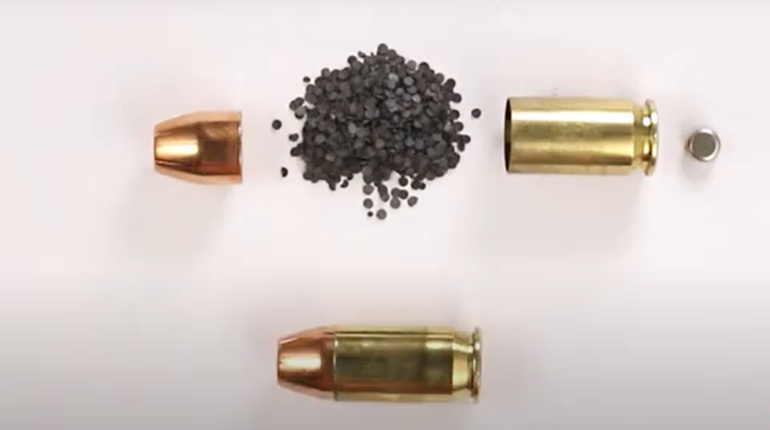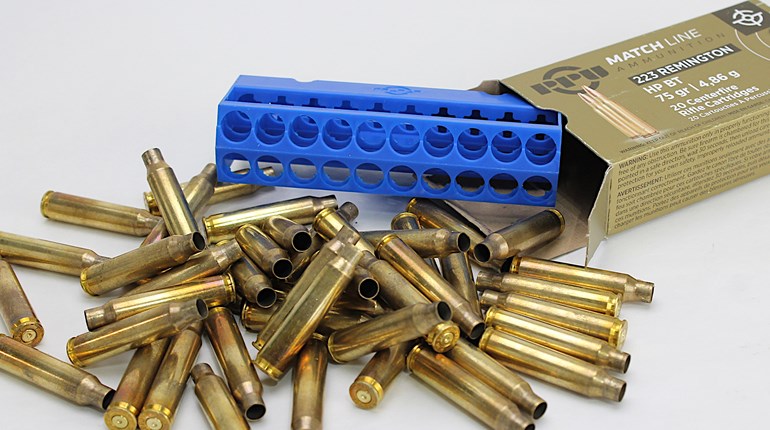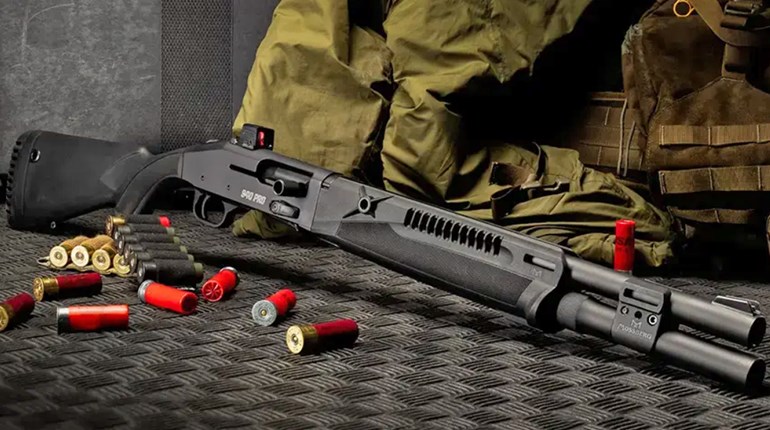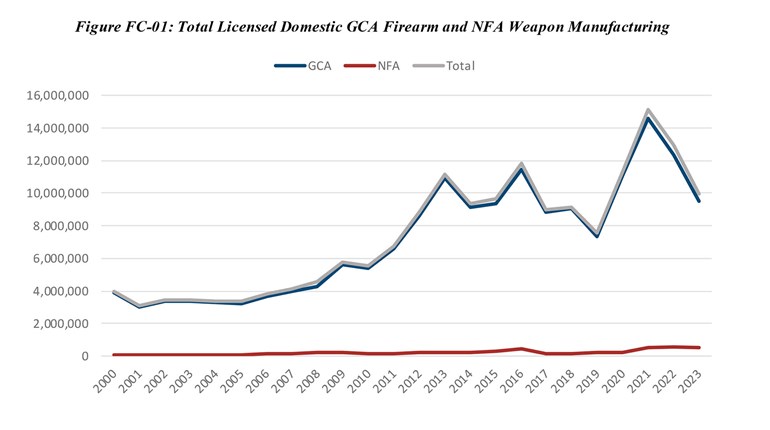
Professional hunter Leon DuPlessis with Fort Richmond Safaris was grinning wide. We’d just managed to find two blesbok rams running rogue on his brother-in-law’s sheep and cattle ranch.
“We’ve been after these buggers for several years. We can never get closer than 500 yards,” he said. I guessed them to be at about 320.
Since we were preparing to call jackals we’d left the rangefinder in the truck, so a guess was all we had to go on. Leon whispered, “I want you to take them both.”
When I pulled the trigger it was a clean miss. The blesbok took off, and I rolled from prone to seated. Knowing my range estimation had been off, I conducted a quick mental trajectory calculation. I knew if the bullet dropped too much at my estimated 320 yards, the blesbok were a lot farther than that.
I held about 16 inches above the backbone and applied about 6 feet of lead. A half-second after the trigger broke the lead blesbok rolled into a dust cloud. The second one slowed and then stopped. I applied the same hold, and another 165-grain Nosler Ballistic Tip found its mark.
Since their introduction in 1984, Nosler’s Ballistic Tip bullets have had a stellar reputation for accuracy. Early on they also developed a reputation for being too fragile for big game. There was some truth to that, but some of the fault was with hunters pushing them too fast. Ballistic Tips were designed to work best with impact velocities of about 3000 fps or less. Thing is, when a hunter finds a bullet that’ll shoot itty-bitty groups, he tends to overlook terminal performance.
Nosler fixed the fragility issue years ago. Ballistic Tips are still not intended for extreme-velocity impacts on big game; if that’s what you need, the Nosler Accubond is the way to go. However, in common non-magnum big-game cartridges, the Ballistic Tip is wicked deadly. Two rogue South African blesbok taken at an unspeakable distance with a .308 Win. proved that point.
Ballistic Tips got their name because they are topped off with a pointy polymer tip. In fact, the Ballistic Tip started that trend, and many modern bullets now wear similar tips. They have a sleek ogive and a boattail. This means they also have a high ballistic coefficient to help flatten trajectories, and reduce flight time and wind drift. Tips vary in color depending on caliber: purple for 6mm, yellow for .270, red for 7mm and green for .30.
It used to be if you wanted to buy factory ammunition loaded with Ballistic Tips you had to pay a premium price. At least one major ammunition manufacturer loads them, as do numerous boutique ammo companies. Nosler even offers ammunition loaded with Ballistic Tips in its Trophy Grade and Custom lines of ammunition. But, like with other premium brands, they are relatively expensive.
The folks at Nosler were smart enough to realize Ballistic Tips have become very popular with deer hunters, who are often very frugal. Nosler pulled a selection of Ballistic Tip loads from the Trophy Grade line and piled them into a new brand of ammunition sensibly called BT (Ballistic Tip). Additionally, Nosler optimized the bullet weight and velocity of every cartridge in the BT ammo line to deliver the best performance on deer, antelope and hogs. BT ammo is still assembled with the same premium brass and attention to detail as all other Nosler ammunition; it just costs less.
Because Ballistic Tip bullets do not expand excessively wide, they penetrate a bit deeper than many similarly priced, conventional cup-and-core big-game bullets. They also shed on average about 30 percent to 50 percent of their weight. This weight loss might make you think the design is antiquated or unsuitable for big game. After all, today’s hunters lust for bullets that retain all their weight. The truth is, a bullet that sheds weight during penetration—if the shedding is due to erosion and not fragmentation—damages more tissue.
A Ballistic Tip bullet is made by the extrusion (the repeated pounding) of a solid slug of gilding metal. Then, a lead-alloy core is inserted into the tapered jacket, and a polymer tip is pressed into place. The tip helps protect the bullet while in the magazine and works to initiate rapid and volatile expansion, too. Since the core is relatively soft, it and the tapered jacket remain malleable as the bullet slows. This pliability and potential for continued erosion increases the time-deformation curve. The result is deep wreckage of a critter’s insides with a high amount of energy dump. During the first 8 inches of penetration, a Ballistic Tip will dump about 25 percent more of its energy than most high-weight-retention bullets.
Currently Nosler offers BT loads for a handful of popular hunting cartridges from .243 Win. to .30-06. Expect the company to add more loads, and expect them all to be perfectly tuned to put deer-size game down with authority. They’ll work just fine on blesbok, too, even a long, long ways out there.
Technical Specifications:
• Caliber: .243 Win., .260 Rem., 6.5mm Creedmoor, .270 Win., 7mm-08 Rem., .30-30 Win., .308 Win. (tested), .30-06
• Bullet Type: polymer-tipped, boattail Ballistic Tip Hunting
• Bullet Weight (in grs.): 125, 165 (.308 Win.)
• Ballistic Coefficient: .366 (125 grs.), .475 (165 grs.)
• Muzzle Velocity (in fps): 3100 (125 grs.), 2800 (165 grs.)
• Muzzle Energy (in ft.-lbs.): 2667 (125 grs.), 2871 (165 grs.)
• MSRP: $32.95 per 20-rnd. box





































